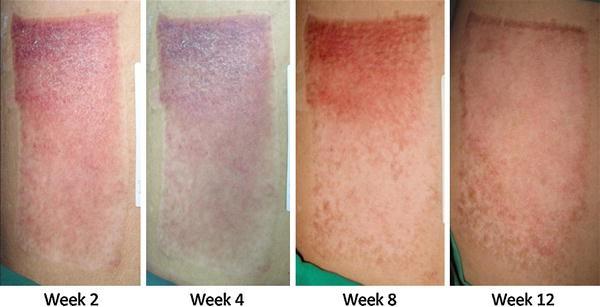Understanding Skin Grafting: Types, Procedure, and Recovery
Understanding the Various Aspects of Skin Grafting
Skin grafting is a surgical technique employed to treat a wide range of skin conditions and injuries, such as burns, chronic wounds, extensive skin loss, and certain congenital disorders. It involves transferring healthy skin tissue from one area of the body, known as the donor site, to the recipient site, where the skin is damaged or missing. This guide provides a detailed overview of skin grafting, including the different types of grafts, the procedure itself, and the recovery process.
 Types of Skin Grafts
Types of Skin Grafts
There are several types of skin grafts used in medical practice:
 Procedure Overview
Procedure Overview
Skin grafting involves several key steps:
Recovery Process
The recovery period after skin grafting varies depending on the individual and the extent of the procedure. Some general aspects of the recovery process include:
Healing and graft survival: Initially, the graft may appear discolored or swollen. Over time, the graft develops new blood vessels and gradually adheres to the recipient site. Proper wound care, including regular cleaning and dressing changes, is crucial to prevent infection and promote healing.
Physical and emotional adjustments: Patients may experience discomfort, pain, or itching during the healing process. It is essential to follow the prescribed pain management regimen and seek medical advice if any concerns arise. The emotional impact of skin grafting, particularly for individuals with visible scars, should not be overlooked, and support from healthcare professionals or support groups may be beneficial.
Scar management: Once the graft has fully healed, scar management techniques, such as silicone gel sheets or creams, may be recommended to minimize scarring and improve the appearance of the treated area.
What is skin grafting?
Skin grafting is a surgical procedure where healthy skin tissue is transferred from one area of the body to another to treat skin conditions or injuries.
Who is a candidate for skin grafting?
Candidates for skin grafting include individuals with burns, chronic wounds, extensive skin loss, or certain congenital disorders that require skin tissue replacement.
What are the different types of skin grafts?
The types of skin grafts include full-thickness grafts, split-thickness grafts, and composite grafts, each with its own characteristics and uses.
What is the recovery process like after skin grafting?
The recovery process involves wound care, monitoring for graft survival, and potential scar management techniques to optimize healing and minimize scarring.
Are there any risks or complications associated with skin grafting?
Like any surgical procedure, skin grafting carries potential risks, such as infection, graft failure, bleeding, or changes in skin color or texture. It's important to discuss these risks with your healthcare provider.
what is the success result of Skin Grafting ?
The success of skin grafting varies depending on various factors such as the type and size of the graft, the condition being treated, and individual patient factors. Generally, skin grafting has a high success rate with grafts often integrating well, promoting wound healing, and improving both function and appearance of the treated area.
We are associated with experienced and highly skilled medical professionals. We use the latest medical technology available in the world and we provide medical services in collaboration with JCI & NABH Certified hospitals only. Our services include various types of treatment and organ restructuring and transplant.
